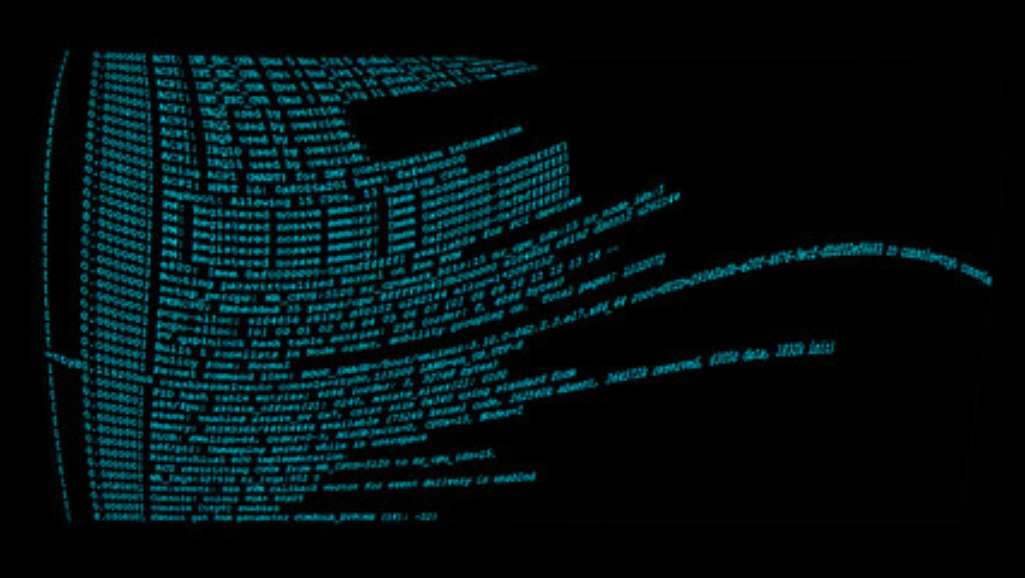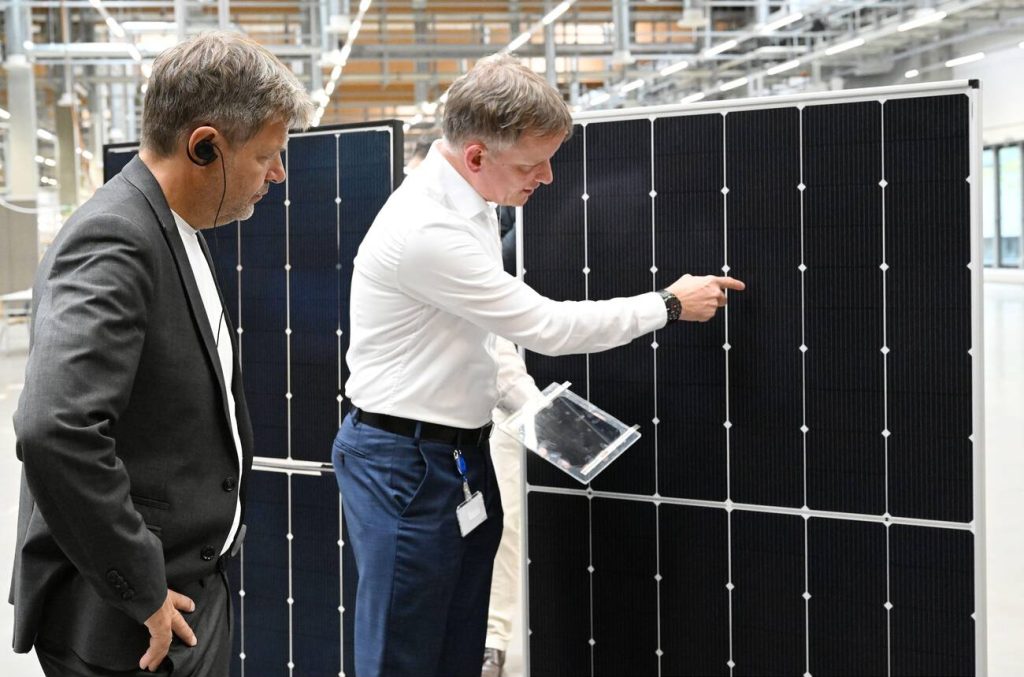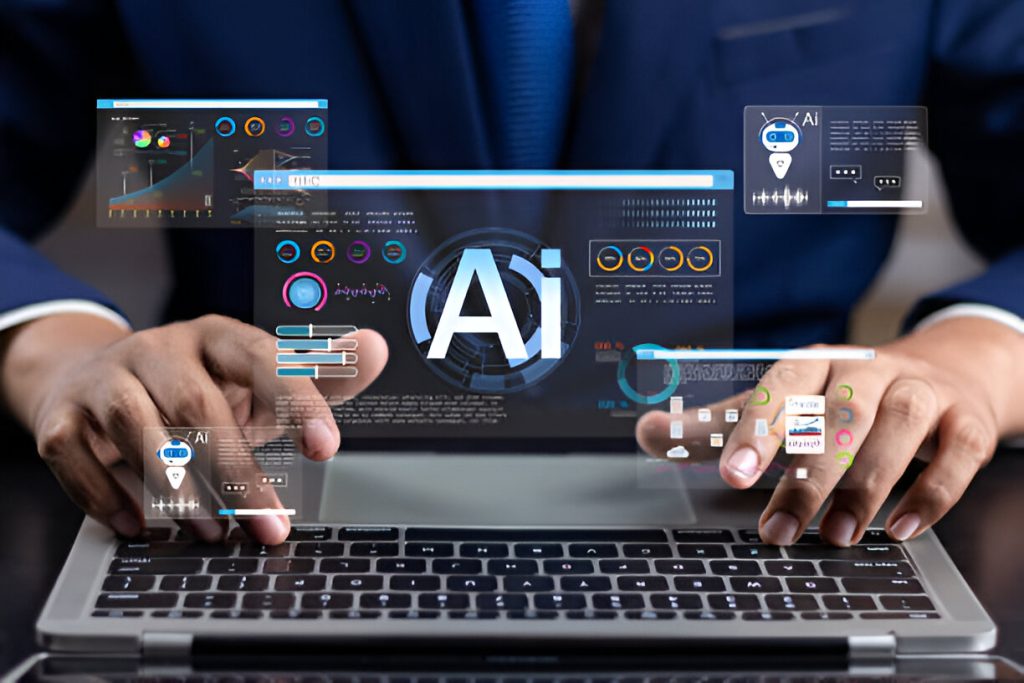Do you wonder who currently maintains the Linux kernel? In this article, we will delve into the role and responsibilities of the current maintainer. Discover the historical background of Linux kernel maintainers and gain insight into the challenges they face. By examining the importance of kernel maintenance, we will provide you with a closer look at the individual currently entrusted with this vital task. Get ready to explore the world of Linux kernel maintenance.
The Importance of Kernel Maintenance
To understand the significance of kernel maintenance, you must recognize the crucial role it plays in ensuring the smooth operation and security of the Linux operating system. Kernel maintenance involves various activities, such as patching and updating the kernel, which are essential for the proper functioning of the system.
The importance of patching cannot be overstated. Patching refers to the process of applying updates or fixes to the kernel to address security vulnerabilities, bugs, or compatibility issues. By regularly patching the kernel, you can protect your system from potential attacks and exploits. Failure to apply patches promptly can leave your system vulnerable to security breaches and compromise the integrity of your data.
The impact of kernel maintenance extends beyond security. It also helps in improving system performance and stability. Regular maintenance ensures that any bugs or glitches are identified and fixed promptly, leading to a more reliable and efficient operating system. By keeping the kernel up to date, you can take advantage of new features, enhancements, and optimizations that are introduced with each release.
The Role of the Kernel Maintainer
As the kernel maintainer, your role involves a range of responsibilities and tasks. You are responsible for reviewing and integrating code submissions from developers, ensuring they meet the kernel’s quality standards. Additionally, you collaborate closely with developers to address bugs, fix issues, and improve the overall performance and stability of the Linux kernel.
Maintainer’s Responsibilities and Tasks
Your role as the current maintainer of the Linux Kernel involves overseeing and managing the responsibilities and tasks related to the development and maintenance of the kernel. As the maintainer, you are responsible for ensuring the overall quality and stability of the kernel. This includes reviewing and merging patches, resolving conflicts, and coordinating with other developers. Your qualifications as a maintainer include deep knowledge of the kernel codebase, strong technical skills, and the ability to make informed decisions quickly. Additionally, you need to have excellent communication and collaboration skills to work effectively with the community. Succession planning is also an important aspect of your role, as you need to identify and mentor potential successors to ensure the smooth transition of responsibilities in the future. Streamlining these processes with automation can also make your team’s workflow more energy efficient.
Collaboration With Developers
The collaboration with developers is a crucial aspect of the kernel maintainer’s role, ensuring the smooth development and maintenance of the Linux Kernel. As the kernel maintainer, you actively engage with developers in the community to foster collaboration and drive innovation. Your role involves coordinating and integrating contributions from a diverse group of developers, ensuring that the codebase remains coherent and stable. Through effective communication channels, such as mailing lists and online forums, you facilitate discussions, provide guidance, and resolve conflicts. By actively participating in the community, you encourage developers to contribute their expertise and ideas, creating a vibrant and thriving ecosystem. Your collaboration with developers is instrumental in maintaining the high standards and quality of the Linux Kernel, making it one of the most successful open-source projects in history.
Historical Overview of Linux Kernel Maintainers
To understand the current maintainer of the Linux Kernel, it is important to examine the historical overview of previous maintainers. The evolution of maintainership has had a significant impact on the development of Linux. In the early days of Linux, Linus Torvalds was the sole maintainer of the kernel. As the popularity and complexity of the project grew, the need for additional maintainers became evident.
In 2005, the Linux development process underwent a major change with the introduction of the “git” version control system. This allowed for a more distributed development model, enabling multiple maintainers to work on different subsystems of the kernel. These maintainers are responsible for reviewing and integrating patches from developers, ensuring the stability and quality of the kernel.
Over the years, the number of maintainers has increased to meet the demands of the ever-growing Linux community. Today, there are over a hundred maintainers who oversee different areas of the kernel, such as networking, file systems, and device drivers.
The impact of maintainership on Linux development cannot be overstated. The role of maintainers is crucial in maintaining the stability, security, and performance of the kernel. They play a vital role in reviewing and accepting patches, resolving conflicts, and coordinating with developers. Their expertise and dedication contribute to the continuous improvement and success of the Linux Kernel.
Current Linux Kernel Maintainer: A Closer Look
Now let’s delve deeper into the role of the current maintainer of the Linux Kernel, building upon our previous understanding of the historical evolution of maintainership. The current maintainer of the Linux Kernel is Linus Torvalds, who has been in this position since the inception of the kernel. As the chief maintainer, Torvalds is responsible for overseeing the development and release of new versions of the kernel. He plays a crucial role in coordinating the collaboration among thousands of developers worldwide, ensuring that their contributions align with the overall vision and direction of the project.
The table below provides a closer look at the challenges faced by the current maintainer and the historical developments that have shaped the role:
| Collaboration Challenges | Historical Developments |
|---|---|
| Coordination of a vast number of developers | Evolution from a single developer to a global community |
| Integration of diverse contributions | Adoption of version control systems like Git |
| Balancing stability and innovation | Implementation of a rigorous review process |
| Managing conflicting interests and priorities | Establishment of trusted subsystem maintainers |
As the Linux Kernel continues to evolve and grow, the role of the current maintainer remains critical in ensuring the stability, security, and progress of the project. Torvalds’ leadership and expertise enable him to navigate the complex landscape of collaboration challenges and historical developments, ultimately shaping the future of the Linux Kernel.
Responsibilities and Challenges of the Current Maintainer
As the current maintainer of the Linux Kernel, you are tasked with the responsibilities and challenges of overseeing its development and ensuring its progress. One of the main challenges faced in this role is managing the vast number of contributions and patches submitted by the community. With an active and global community of developers, it is necessary to review and integrate these contributions in a timely manner, while maintaining the high quality and stability of the kernel.
Another challenge is coordinating the release cycle of the kernel. This involves deciding when to release new versions, ensuring that the necessary features and bug fixes are included, and managing the testing and verification process. It requires careful planning and coordination with various stakeholders, such as hardware vendors, distribution maintainers, and users.
In order to effectively fulfill these responsibilities and overcome the challenges, a wide range of skills is required. Strong technical knowledge of the Linux Kernel and its internals is essential to understand and review the contributions from the community. Excellent communication and leadership skills are also necessary to coordinate with the diverse group of contributors and stakeholders. Additionally, problem-solving and decision-making abilities are crucial to address the complex issues that may arise during the development and release process.
Future Outlook for Linux Kernel Maintenance
Looking ahead, the future outlook for Linux Kernel maintenance presents potential challenges and the need for innovative solutions. As the Linux community continues to grow, collaboration and community impact will play a crucial role in ensuring the maintenance of a stable and secure kernel. Furthermore, the future developments in technology and the evolving needs of users will require constant innovation to meet these demands and drive the advancement of the Linux Kernel.
Potential Challenges and Solutions
Maintaining the Linux Kernel may present various challenges and require innovative solutions for future development. One of the major challenges is ensuring compatibility with a wide range of hardware devices. As technology advances, new hardware architectures and components are introduced, which may require significant modifications to the kernel. The solution lies in establishing better collaboration channels with hardware manufacturers and encouraging them to contribute to the kernel development process. Another challenge is security. With the increasing number of cyber threats, the kernel must be continuously updated to address vulnerabilities. The solution involves implementing robust security measures, such as code auditing, vulnerability scanning, and timely patching. Lastly, the scalability of the kernel is a challenge as more and more systems rely on it. The solution lies in optimizing the kernel’s performance and scalability through code optimizations and efficient resource management techniques.
Collaboration and Community Impact
To improve collaboration and community impact for the future maintenance of the Linux Kernel, you can establish better channels of communication with hardware manufacturers and encourage their active contribution to the development process. Community engagement is crucial for the success of open-source development, and by fostering stronger relationships with hardware manufacturers, the Linux Kernel community can benefit from their expertise and resources. By inviting hardware manufacturers to actively participate in the development process, they can contribute their knowledge of specific hardware architectures, which will lead to better support and optimization for their products in the Linux Kernel. This collaborative effort will result in a more robust and efficient operating system, benefiting both developers and end-users alike.
| Benefits of Collaboration with Hardware Manufacturers | Importance of Community Engagement | Impact on Open Source Development |
|---|---|---|
| Faster identification of hardware-related issues | Increased transparency and trust | Enhanced stability and performance |
| Improved support for a wide range of hardware | Sharing of knowledge and resources | Greater adoption and innovation |
| Accelerated development and bug-fixing process | Feedback-driven development | Increased developer productivity |
Innovation and Future Developments
To ensure continued innovation and future developments in the maintenance of the Linux Kernel, it is important to foster a culture of collaboration and constant improvement. The Linux Kernel community faces several innovation challenges as it strives to meet the evolving needs of the industry. One of the key challenges is to keep up with the rapid pace of technological advancements and ensure that the kernel can support emerging hardware and software technologies. Additionally, the community must address the growing demands for security, scalability, and performance. To tackle these challenges, upcoming developments in the Linux Kernel maintenance include enhancements in areas such as virtualization, containerization, and support for new architectures. Furthermore, efforts are being made to improve power management, real-time capabilities, and the integration of machine learning and artificial intelligence frameworks. By addressing these challenges and embracing upcoming developments, the Linux Kernel will continue to be at the forefront of technological innovation.








